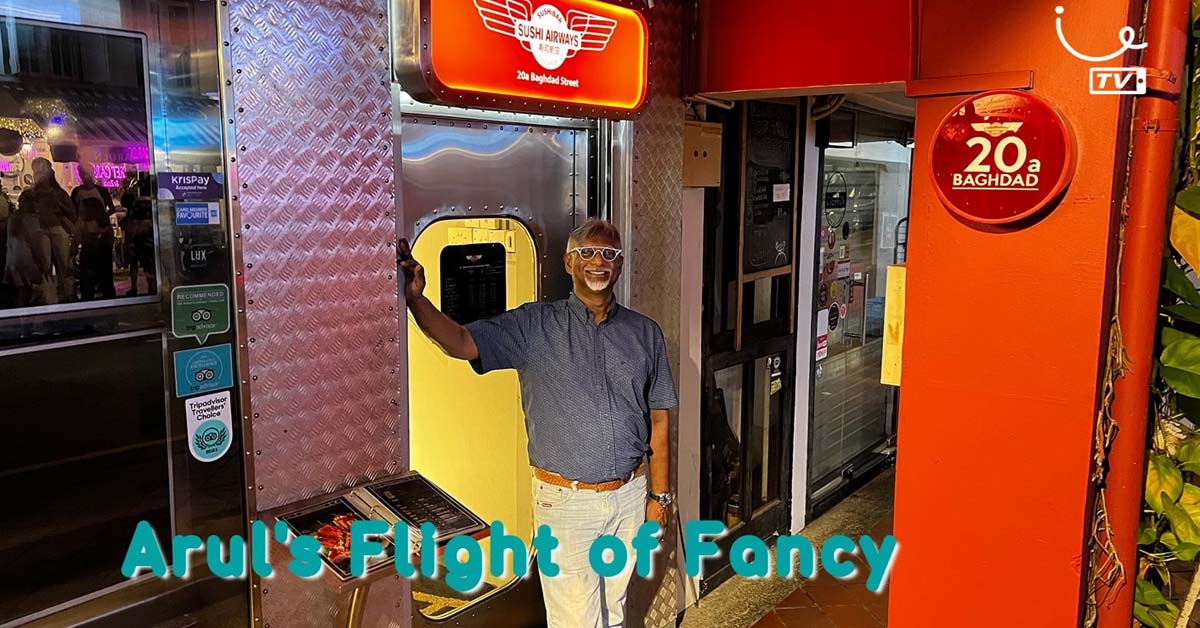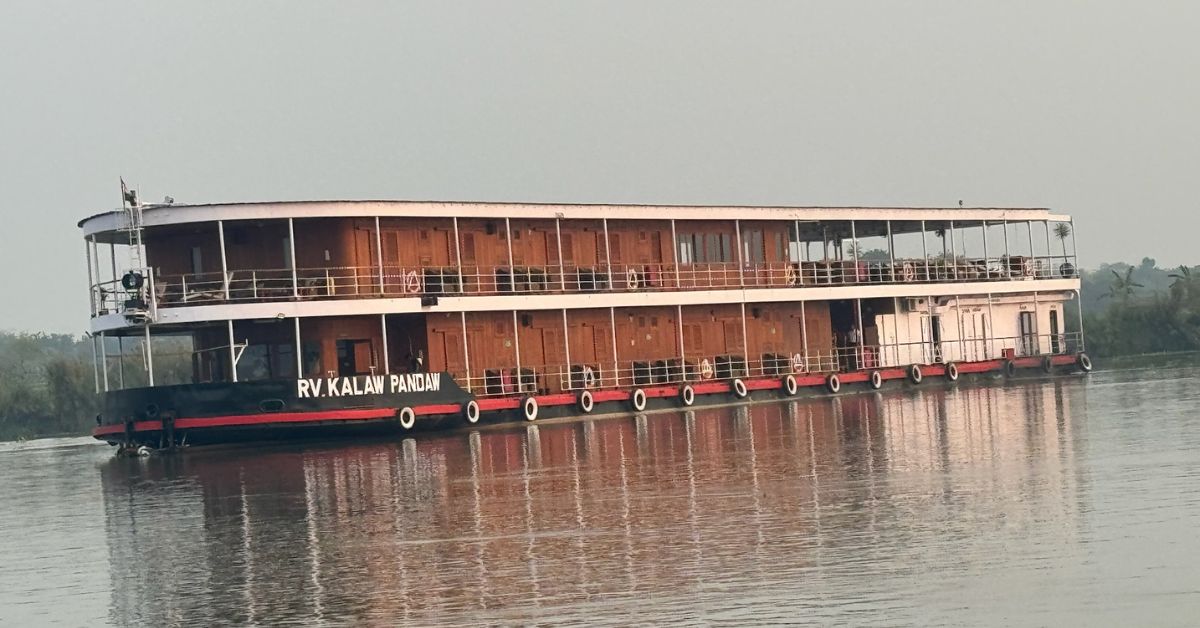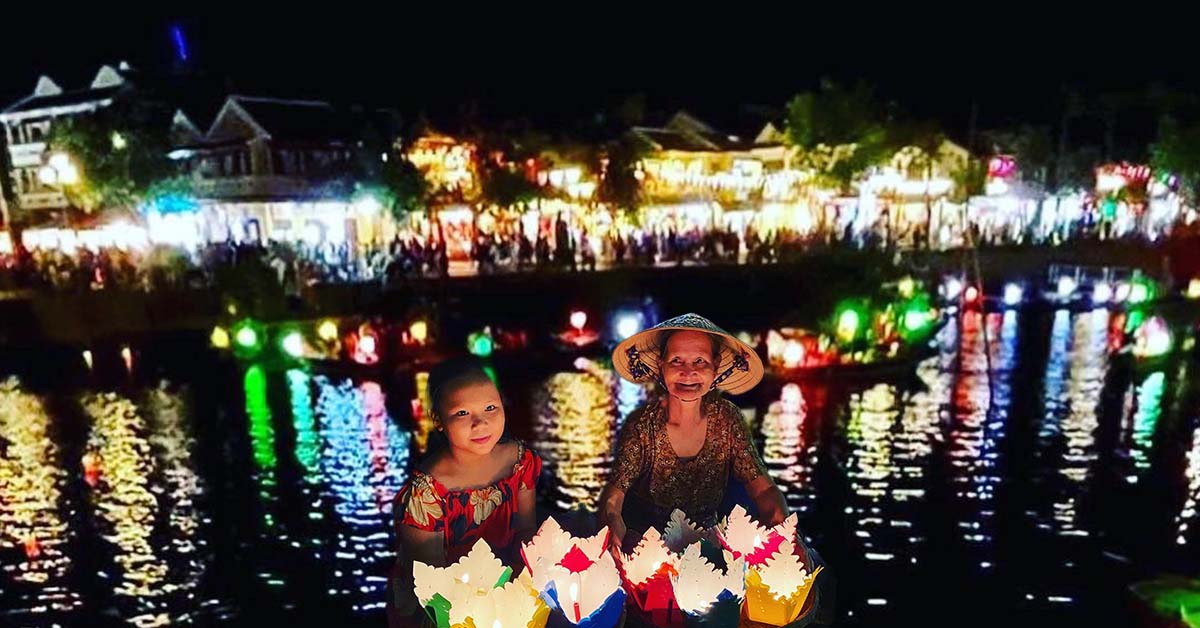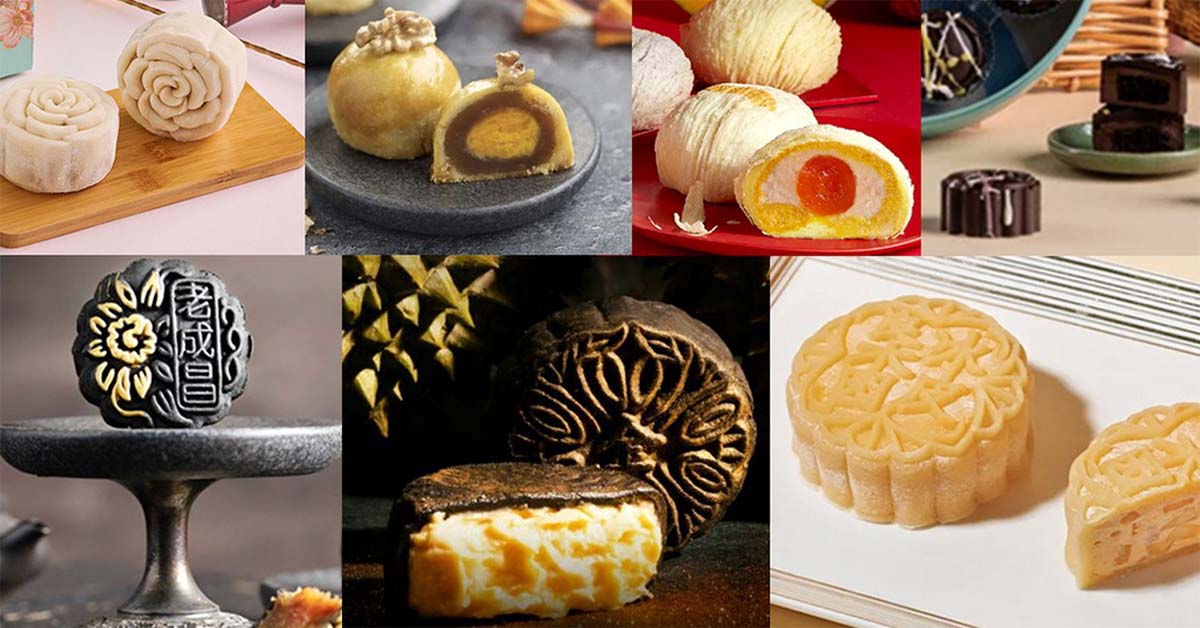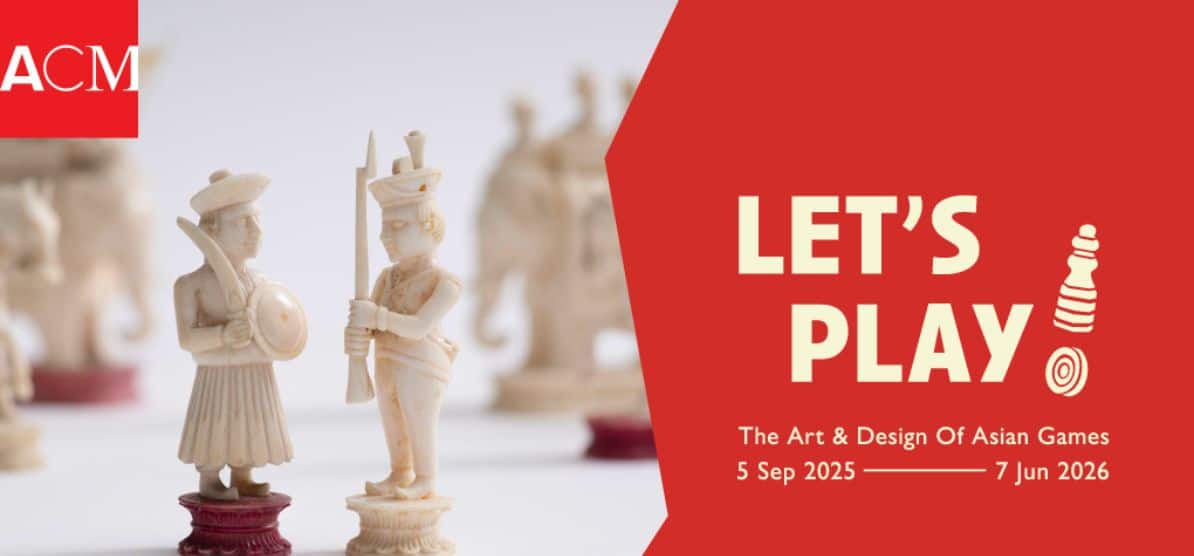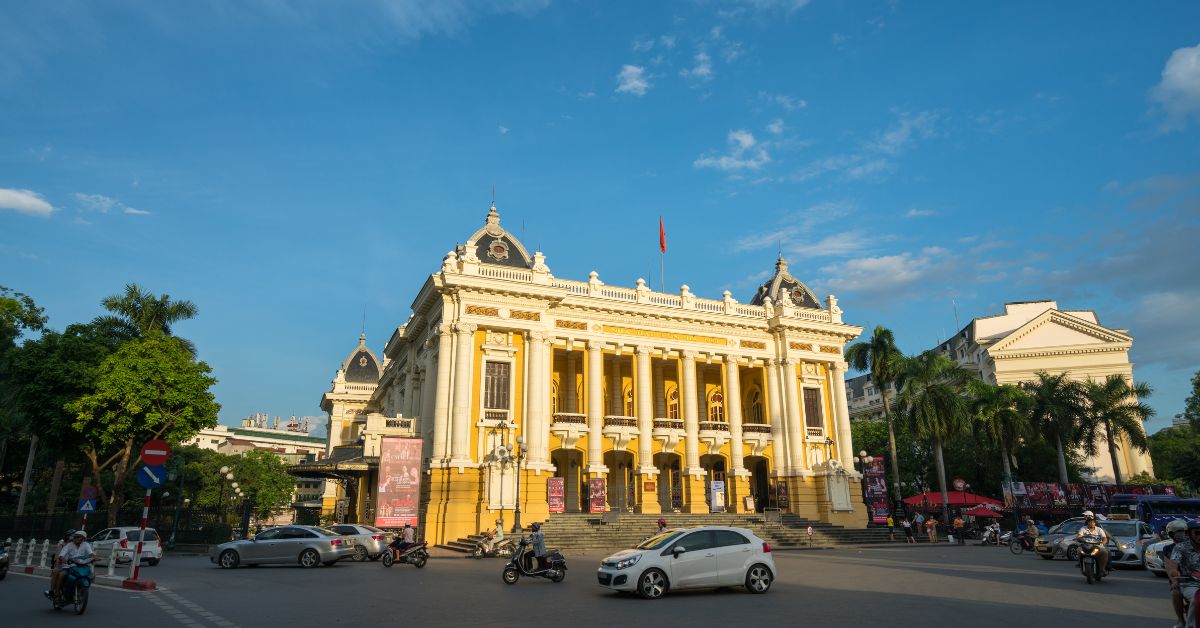
I have always thought there was more mystique about Vietnam’s capital, Hanoi, than Ho Chi Minh in the south.
To be fair, one shouldn’t compare cities; just like a mother doesn’t compare her children.
I love the architecture: How the pagodas reflect the years of Chinese rule, and the Art Deco style of government buildings in the years as a French colony.
During my last trip, I did the usual tourist bit of riding a cyclo (a pedicab tricycle) which also allowed me to take in the busy, crowded and noisy streets of the Old Quarter.
Walking the Old Quarter
Advertisement
This time, I spent a fair bit of time walking. Honestly, it was partly because of the need for exercise from very reasonably priced Michelin meals.
There are at least 36 streets in this area, defined by different trades that took place there. Why would anyone want a shop right next to a competitor from the same industry, I wondered?
It was explained to me that the first Vietnam emperor Ly Thai To moved his capital to Hanoi in 1010 and took a community of craftsmen with him. These were organised into guilds and the members stuck together to protect their livelihoods.
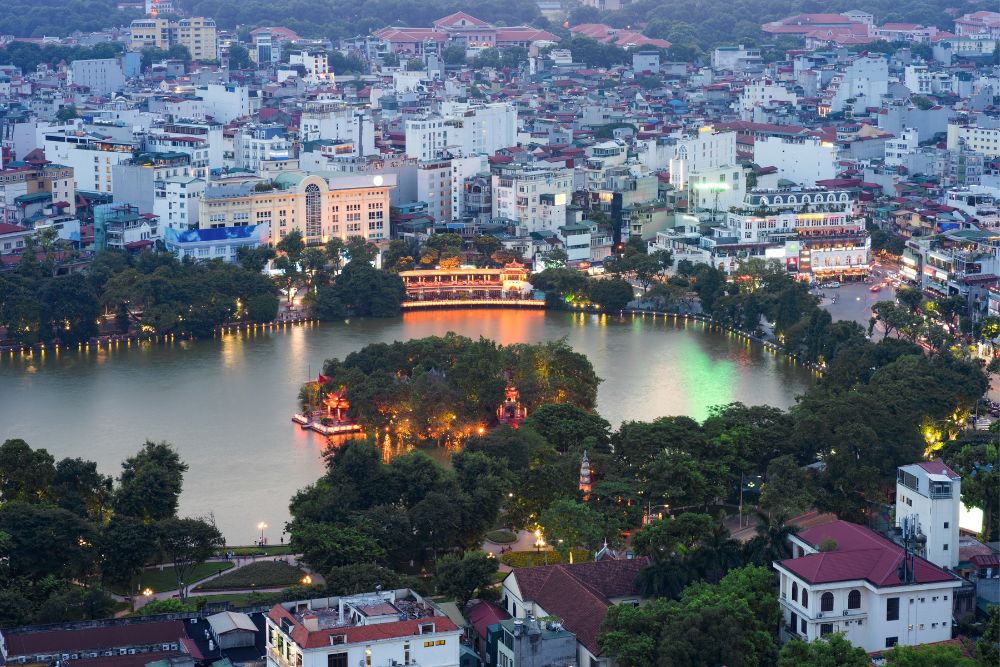
At the centre of this District is the Hoan Kiem Lake which is larger than 100 Olympic length swimming pools. .
The city grew around the lake and reminded me of that old saying “All roads lead to Rome”.
The Silk Street (Hang Gai)
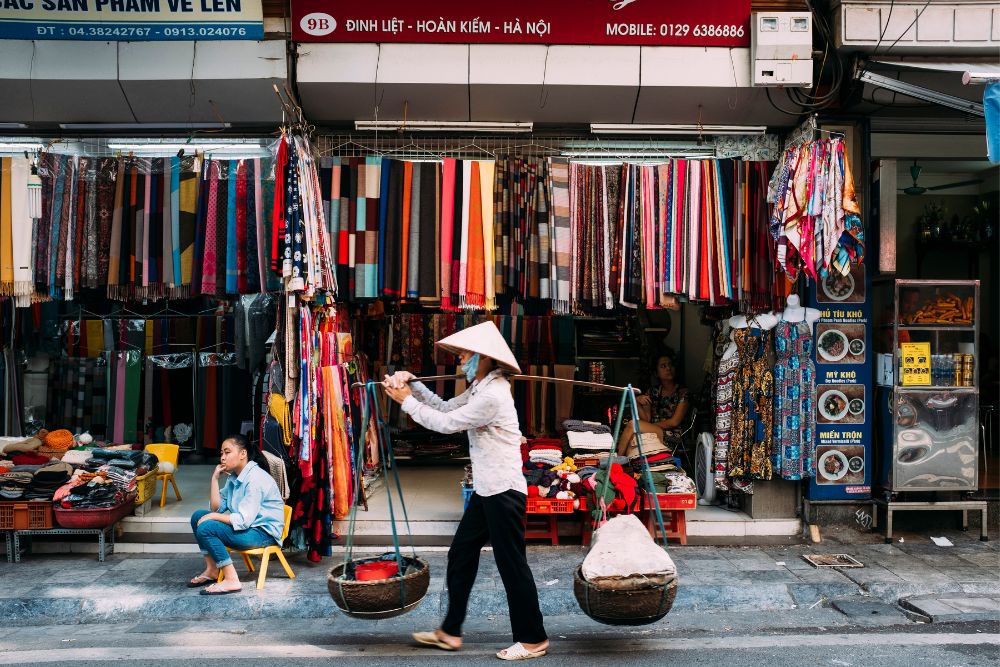
Hang Gai was originally called the Hemp Street because of hammocks made there. At the beginning of the 21st century, new trades in silk flourished.
On my last visit, at least a decade ago, I remember that there were more shops selling silk –bedsheets, pyjamas, scarves and other attire. Now, this is interspersed with art shops and cafes that have mainly overtaken the original shops.
However, I did find that the souvenir shops here were a grade better than in the other streets. Lacquerware, paper art, woven mats and other collectibles make for excellent gifts.
The Decoration street (Hang Ma)
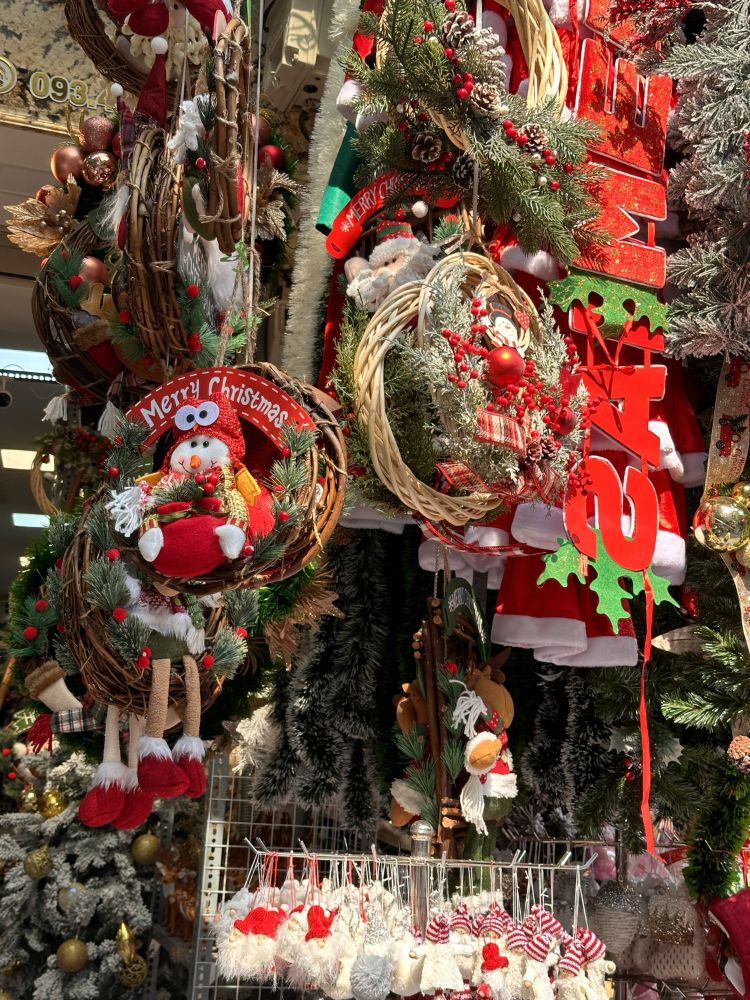
Once famous for its paper products used for religious activities, this street has changed into a destination for families where children buy toys.
Visiting around the year end, I was fortunate to enjoy an enviable variety of Christmas décor. Every shop was even more picture perfect than the last.
From green pine trees to snowmen made from foam to twinkly lights to nativity scenes. This is definitely a must-visit to buy Christmas baubles, as they’re a fraction of the cost compared to the prices in Singapore.
The Cotton Street (Hang Bong)
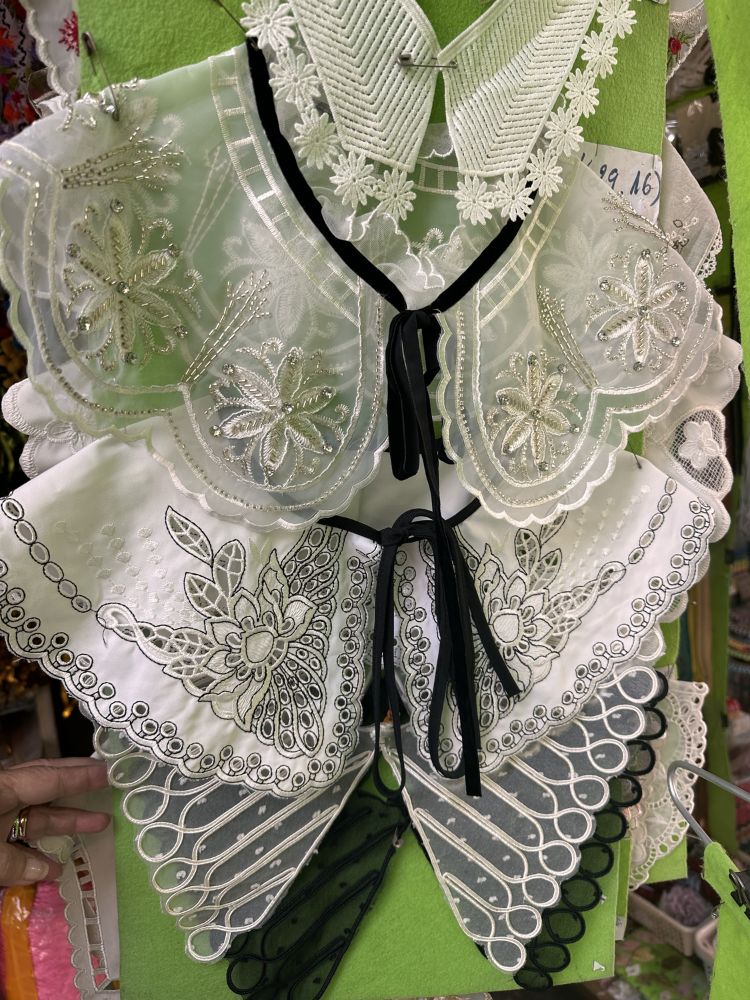
Here we found interesting lace collars and clothing accessories. There were also sequins, ribbons and buttons for Chinese cheongsams.
Every seamstress’s dream.
This is probably another vestige from French colonial rule, after all ‘little lad’ lace collars dominated European clothing of the noblewomen and court, in the 1700s.
Since then, women have stayed enthralled by the intricacies of lace. Think bridal wear.
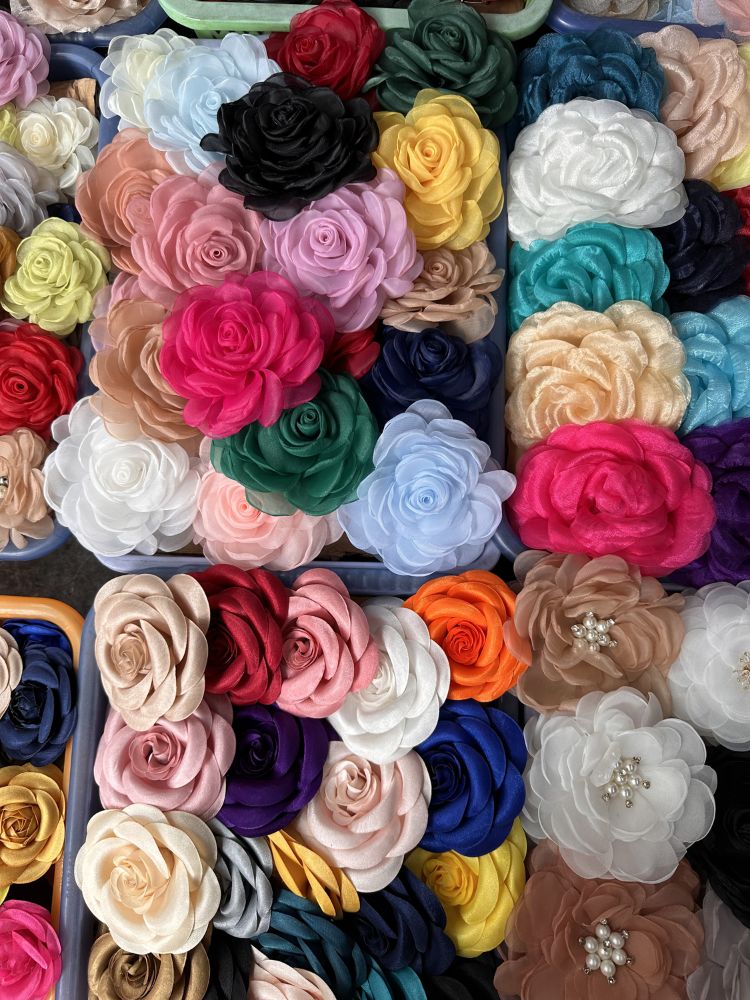
The Beer Street (Bia Hoi)
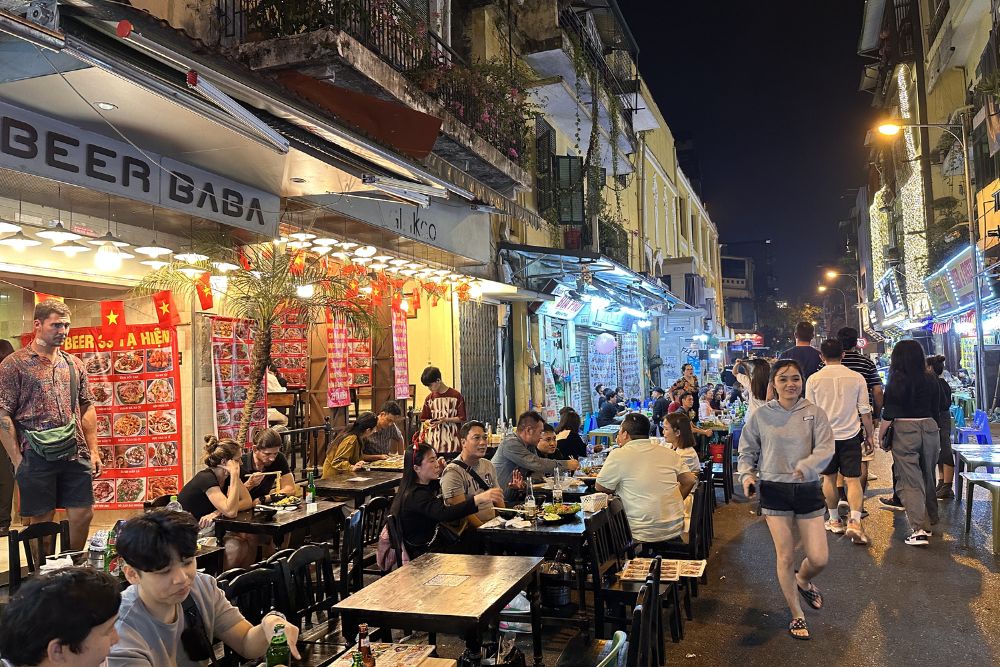
This is definitely the place to be at, in the evenings. Soak up the vibe as you listen to Vietnamese music.Ssometimes, street musicians perform and are watched by hundreds of people seated on chairs.
This is another fascinating aspect of Hanoi — all chairs for street food and drinks are just about a foot from the floor. You can get down, but hope you have a strong core or a strong arm to heave yourself up.
Paint Street now Grilled fish street (Hang Son)
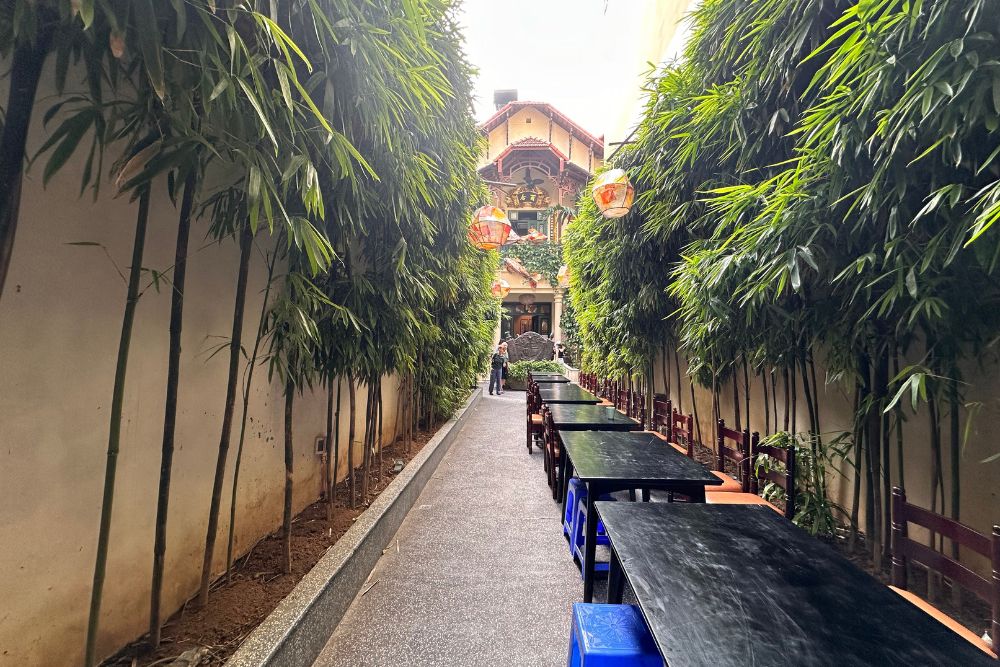
Cha ca is a freshwater fish dish. Fillet slices are marinated in turmeric and served before they’re fully fried. At the table, a pot of hot oil is provided so that the cooking can be finished in front of diners.
The herbs like dill, basil and spring onion, with peanuts and chilli, make for an unforgettable aroma. And the turmeric yellow whets your appetite.
The Michelin awarded Cha Ca Thang Long is totally made for social media. It’s about 30 steps into the courtyard of a townhouse with bamboo trees on both sides.
The restaurant has limited seating so it’s best to make a reservation in advance.
The street for Bun Cha
At the corner of Hang Manh and Hang Gai, there’s Bun Cha Dac Kim, a coffee shop which has deservedly won a Michelin award.
Ignore the grotty table where your feet are next to pails of trash or soiled dishes; keep your eyes above the table and you’ll do fine.
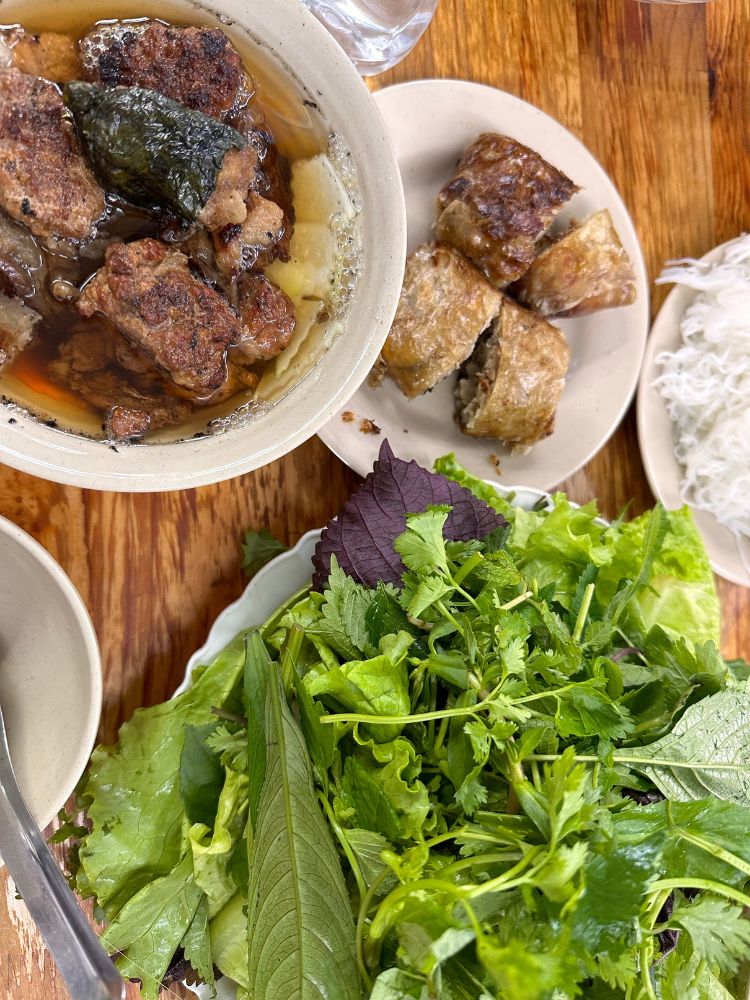
There are three main types of meat that make this dish — beef patties wrapped in betel leaves, smoked beef slices and minced fried pork patties.
All are served on a bed of sliced green mangoes in a sweet clear fish sauce. It comes with a platter piled high with basil, coriander, lettuce and mint leaves. Enjoy this delicious Hanoi speciality with a bowl of rice noodles.
This was a highlight of the trip, end even the Ho Chi Minh city residents make their way to the north, to savour the “original” taste.
Incidentally, Bun Cha was brought to international attention by US President Obama and the late celebrity chef Anthony Bourdain when they dined at the Bun Cha cafe in 2016.
Capitalising on this memorable moment, the café renamed itself Café Obama. I have it on good authority from a local, that “it’s not as good as Bun Cha Dac Kim”.
Like all good success stories, there are copies and right opposite Bun Cha Dac Kim, are two other Bun Cha cafes that looked identical.
The streets with coffee chains
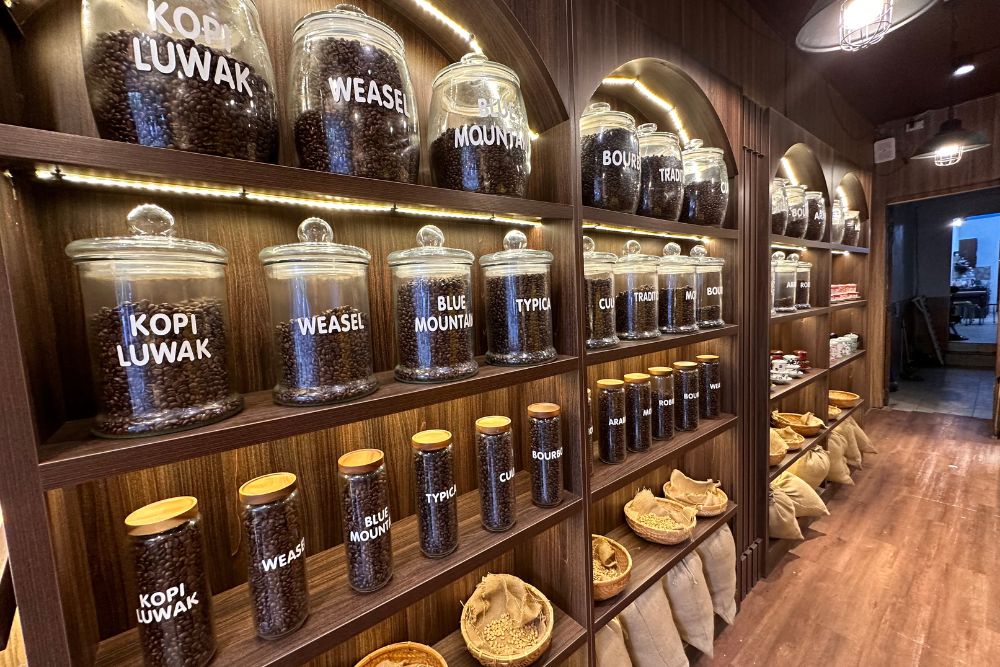
Vietnam coffee or Ca Phe Sura Nong is a rich, strong drip coffee that has become famous the world over.
This beverage was introduced by Vietnam’s French colonial masters in the late 19th century and today Vietnam is one of the world’s leading coffee exporters.
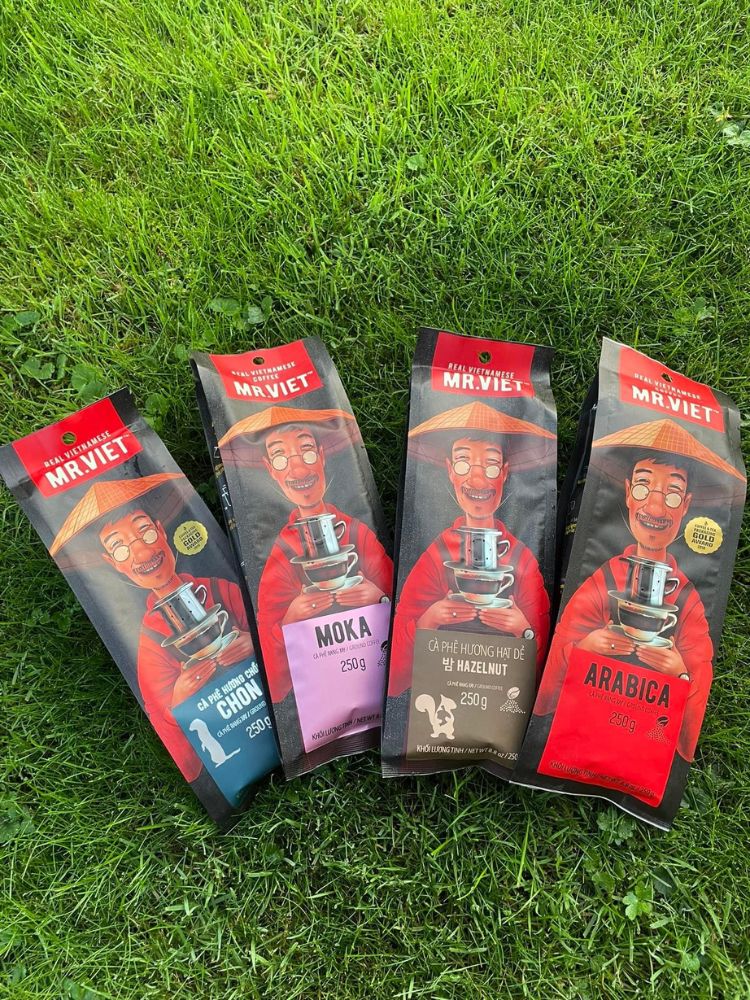
Egg coffee has been touted as the ‘in’ thing to do for tourists for a while now, but the eye-opening thing on this trip was the way that a company called Mr Viet has managed to do 2-in-1, 3-in-1 and 4- in-1 packs.
The last has sugar, cream and milk in addition to coffee. It was launched in 2015 and apparently owned by people who are not natives but “fell in love with the country” after living in Vietnam for many years.
There are so many other streets to explore — for shoes, sweets, wine, lacquerware, silver — but it will have to be the next vacation.

